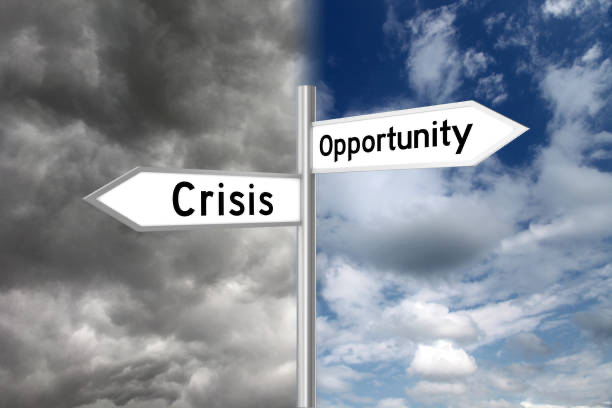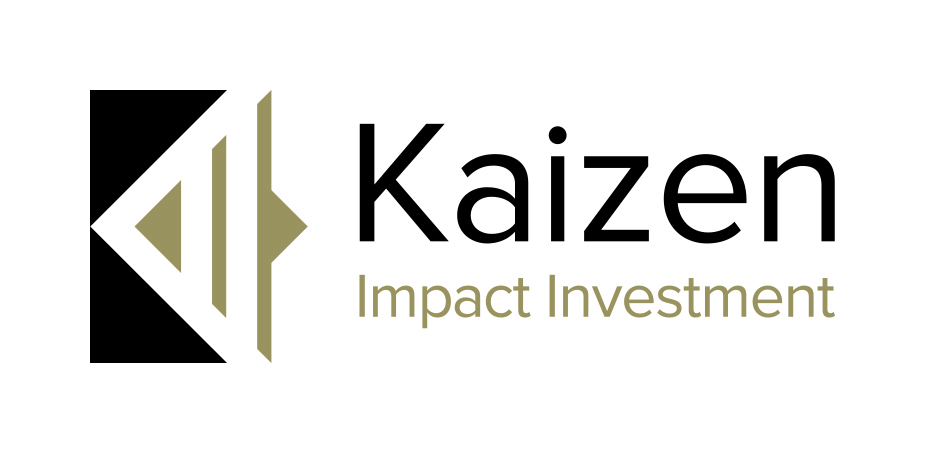By Natasha Jolob, Director, Kai-zen Change for Good CIC and Dr Adam Richards, Sustainable Development & Impact Management Specialist
There are some obvious truths about the current path we are collectively treading, the alternative route we need to travel, and what is required to help us change our trajectory.
This blog doesn’t really say anything new - instead it is an attempt to bring these issues together and reinforce the message that we know what is required to get to where we need to be.
Where we find ourselves today
The first obvious truth is that impact management and sustainability are more critical than ever. And we now find ourselves at a crucial fork in the road.
The signs are clear.
One path, the one we have largely been walking, leads to certain uncertainty. A destination of environmental and social breakdown.
The other path is less familiar and will likely have some bumps in the road, but it provides greater certainty. A certainty of increasing opportunities, equity, and sustainable value creation.
This path is the one that organisations and leaders of tomorrow will tread. It is the only path where we have a viable future.
Getting capital to where it’s needed
The second obvious truth is, there is no final destination. As always, we need to continue advancing, and crucial to this is increased capital to where it is needed - to enterprises that provide solutions to the challenges we face.
Capital is like energy, a tool through which to change the world, to create something innovative and revolutionary. It can create freedom. At an individual level it is the freedom of the entrepreneur to build a business that does good and makes money. At a deeper level capital enables humanity to realise its potential. Capital wants to be optimised for humanity, and impact investing is the route.
The question is what is the highest and best use of capital. (see Jed Emerson, The Purpose of Capital).
But another inescapable fact is the significant gap in capital especially necessary for new and unproven enterprises or those with higher risks and higher social returns.
Catalytic capital addresses this need and can accelerate impacts to the levels required. The difficulties in accessing catalytic capital where enterprises and investors need to demonstrate their impact and viability is currently one factor that limits the flow of capital to where it can create systemic change.
To access catalytic capital investors need to be able to build the business case. The ability to communicate impact returns is dependent on the enterprises themselves having the systems in place to measure, manage, and report their impacts.
Systematic management of impacts
The final obvious truth is that we do know how to manage impacts more effectively than much of current practice. It undoubtedly requires an approach that much like financial accounting does not view reporting as the driving force, but instead as the consequence of an internal systematic approach.
Integrating impact management into the structures, systems, and skills of organisations is key to unlocking its potential. Only when decisions are effectively informed by the effects on
people and the planet will we see the true social value of investing our resources.
Coming back to the journey analogy, there is some good news - no organisation is at the very beginning. We all have some knowledge and evidence of what works and what doesn’t and ways that this influences the choices we make. Building on our foundations, we can develop and embed ever-increasing capabilities to enhance our long-term value and contributions to sustainable development.
Finishing with another obvious truism: The path we need to take is transformative, it may not be easy, but we know what is required to get us there.
If you are a business or investor interested in discussing impact management practices that support your business plans to access more catalytic capital and to do more good, please reach out. We are running an Impact Management Compass Programme - a new programme rooted in the principles of continuous improvement and international standards that supports both enterprises and investors to develop their own capabilities.
If you are interested to find out more, please express an interest here:
https://form.jotform.com/251303314417041
We are running a 'free' short introductory session on ‘Setting Impact Thresholds & Targets’, on 8th July 10-1045am - so that you can meet us, learn about how to set impact targets and find out more about the Impact Management Compass Programme.
Register here:
https://www.eventbrite.co.uk/e/impact-in-action-setting-targets-to-optimise-impact-
performance-tickets-1361545582489?aff=oddtdtcreator
Learn more about Kaizen Impact Investment here:
https://kaizenimpactinvestment.com/



